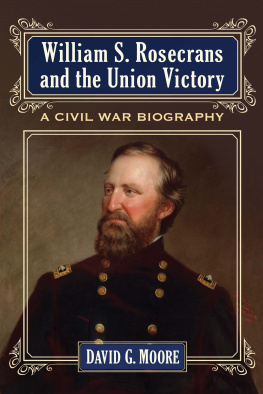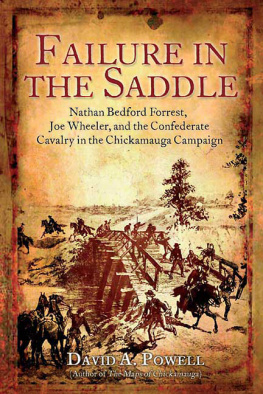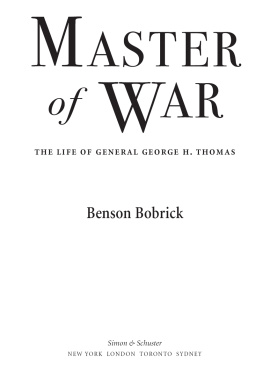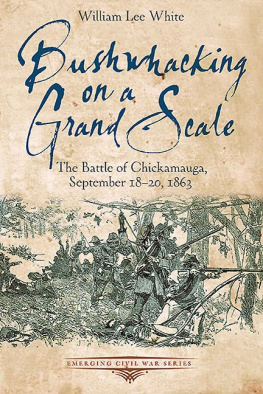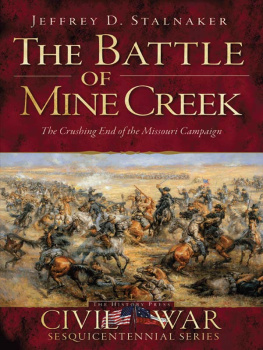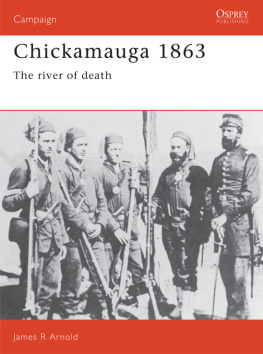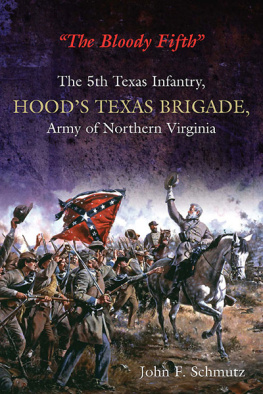
This edition is published by PICKLE PARTNERS PUBLISHINGwww.picklepartnerspublishing.com
To join our mailing list for new titles or for issues with our books picklepublishing@gmail.com
Or on Facebook
Text originally published in 1990 under the same title.
Pickle Partners Publishing 2014, all rights reserved. No part of this publication may be reproduced, stored in a retrieval system or transmitted by any means, electrical, mechanical or otherwise without the written permission of the copyright holder.
Publishers Note
Although in most cases we have retained the Authors original spelling and grammar to authentically reproduce the work of the Author and the original intent of such material, some additional notes and clarifications have been added for the modern readers benefit.
We have also made every effort to include all maps and illustrations of the original edition the limitations of formatting do not allow of including larger maps, we will upload as many of these maps as possible.
A STUDY OF THE MEDICAL SUPPORT TO THE UNION AND CONFEDERATE ARMIES DURING THE BATTLE OF CHICKAMAUGA: LESSONS AND IMPLICATIONS FOR TODAYS US ARMY MEDICAL DEPARTMENT LEADERS
by
DAVID A. RUBENSTEIN. MAJ, USA
BS, Texas A&M University, 1977
MHA, Baylor University, 1989
TABLE OF CONTENTS
Contents
TABLE OF CONTENTS
ABSTRACT
ACKNOWLEDGMENTS
LIST OF MAPS
LIST OF FIGURES
CHAPTER 1 INTRODUCTION
Primary Research Question
Secondary Questions
Assumption
Definitions
Background
CHAPTER 2 CONCEPT AND ORGANIZATION OF CIVIL WAR MEDICAL SUPPORT
UNION MEDICAL SUPPORT
CONFEDERATE MEDICAL SUPPORT
THE U.S. ARMY IN 1990
SUMMARY
CHAPTER 3 MEDICAL PLANNING FOR THE CHICKAMAUGA CAMPAIGN
ARMY OF THE CUMBERLAND MEDICAL ORGANIZATION
ARMY OF TENNESSEE MEDICAL ORGANIZATION
UNION MEDICAL PLANNING
CONFEDERATE MEDICAL PLANNING
SUMMARY
CHAPTER 4 MEDICAL SUPPORT BEFORE THE BATTLE OF CHICKAMAUGA
UNION ACTIONS MOVING TO CHICKAMAUGA
ACTIONS SOUTH OF THE RIVER
CONFEDERATE ACTIONS MOVING TO CHICKAMAUGA
SUMMARY
CHAPTER 5 MEDICAL SUPPORT AT THE BATTLE OF CHICKAMAUGA
THE BATTLE OF CHICKAMAUGA
UNION MEDICAL SUPPORT AT CHICKAMAUGA
CONFEDERATE MEDICAL SUPPORT AT CHICKAMAUGA
CHAPTER 6 MEDICAL SUPPORT FOLLOWING THE BATTLE
UNION ACTIONS UPON ENTERING CHATTANOOGA
CONFEDERATE ACTIONS FOLLOWING THE BATTLE
SUMMARY
CHAPTER 7 CONCLUSIONS AND IMPLICATIONS
IMPLICATIONS
CONCLUSIONS
APPENDIX 1 SURGEONS REPORTS: LISTING AND CROSS REFERENCE
REQUEST FROM THE PUBLISHER
BIBLIOGRAPHY
BOOKS
GOVERNMENT DOCUMENTS
UNPUBLISHED MATERIALS
SOURCES NOT CITED
BOOKS
PERIODICALS
UNPUBLISHED MATERIALS
ABSTRACT
A STUDY OF THE MEDICAL SUPPORT TO THE UNION AND CONFEDERATE ARMIES DURING THE BATTLE OF CHICKAMAUGA: LESSONS AND IMPLICATIONS FOR TODAYS US ARMY MEDICAL DEPARTMENT LEADERS, by Major David A. Rubenstein, USA.
The Unions Campaign for Chattanooga, Tennessee, and its resulting Battle of Chickamauga, is a valuable study of marked contrasts. On the one hand, brilliant strategic planning and operational maneuver, in concert with skillful deception, allowed the Unions Army of the Cumberland to advance virtually unchallenged into the vital Southern city of Chattanooga on 9 September 1863. Following this drive into the gateway of Georgia and the Confederacy, however, was the Union defeat on the tactical battlefield just twelve miles to the southwest. Supporting each army was a medical support system grounded on the experiences and lessons of previous campaigns and battles. Both armies had medical leaders familiar with the medical organization, its recent accomplishments, and its capabilities. How these leaders applied the medical support doctrine of the era, within the scope of their duties, affected the lives of thousands of soldiers wounded on the Chickamauga battlefield.
The objective of this study is to examine the medical structures of both combatants, describe medical actions during the Chickamauga Campaign, from August to October 1863, and evaluate the effectiveness of each. As a result of this analysis appropriate implications are offered to the leadership of the Health Service Support system in the United States Army of 1990. Among the various implications discussed are the need for Health Service Support planning, tactical competence, staff cooperation, unity of command, and understanding of unique casualty care issues. The intended beneficiary of this historical analysis, and its suggested requirement of complete command support and dedicated medical training, is the very essence of an army: the soldier.
ACKNOWLEDGMENTS
While researching this thesis I spent many wonderful hours in several libraries and am, therefore, indebted to the many dedicated, professional librarians with which I had the pleasure to work. Carol Ramkey and Betty Bohannon, research librarians at the Combined Arms Research Library, Fort Leavenworth, Kansas provided tips, leads, and checks during my ongoing searches through the librarys thorough collection of Civil War material. Connie Baker, research librarian at the Armys Academy of Health Sciences, on her own time and of her own initiative, searched the shelves of the library to unearth several nuggets of information and valuable leads. Susan Case, rare books librarian at the University of Kansas Medical Center, was knowledgeable and sharing with the impressive holdings of the Universitys Civil War era histories and the Index to the Library of the Army Surgeon General. Finally, the staff of the University of Texas was always patient and helping as I asked them to carry out box after box of their extensive holdings from Civil War surgeon Samuel Stout.
All of this help, however, would have been fruitless had it not been for the guidance, professionalism, and stick-to-it-tiveness of Mary Jo Nelson, interlibrary loan librarian of the Combined Arms Research Library. She was able to find many fine documents and follow-on sources as a result of taking the time to understand my thesis as well as I did. if not better.
My ability to understand the medical support of the Battle of Chickamauga was the direct result of the breadth and depth of material these professionals provided to me. The accuracy of the thesis is their success. Any errors, however, are mine alone.
A heartfelt note of appreciation must go to the Staff Ride Committee, Combat Studies Institute, Command and General Staff College, Fort Leavenworth, Kansas. The author of a history thesis rarely has the opportunity to actually visit the ground of which he is writing. I was privileged to have that opportunity through the Colleges Staff Ride. For the opportunity to walk and understand the battlefield I am thankful; for the opportunity to share and appreciate the human element of battle, however, I will always be grateful.
Finally, to Patricia, Sarah, and William: thank you.
LIST OF MAPS
Map 1. The Tullahoma Campaign, 23 June-4 July, 1863, Movements and Area of Operations.


